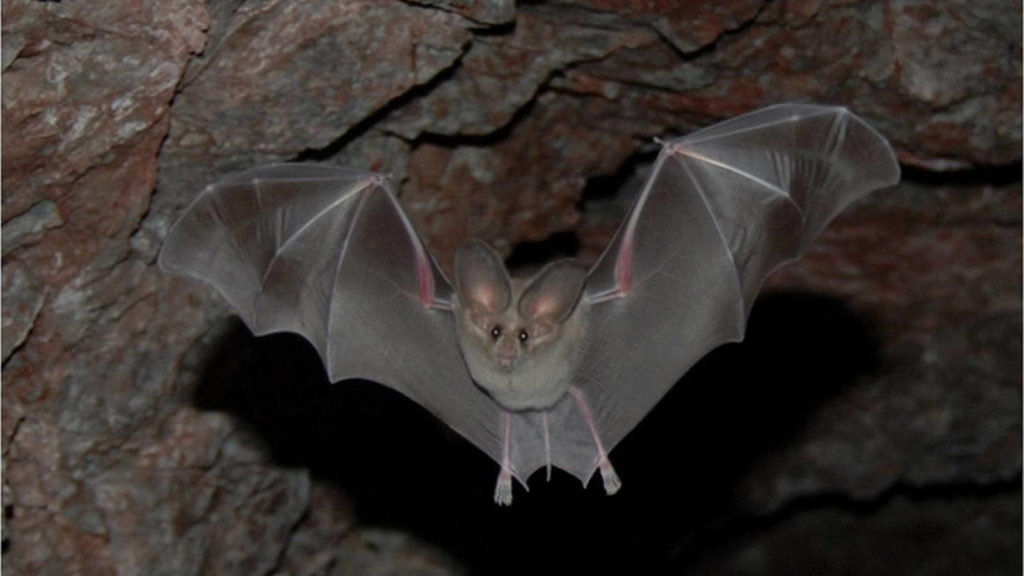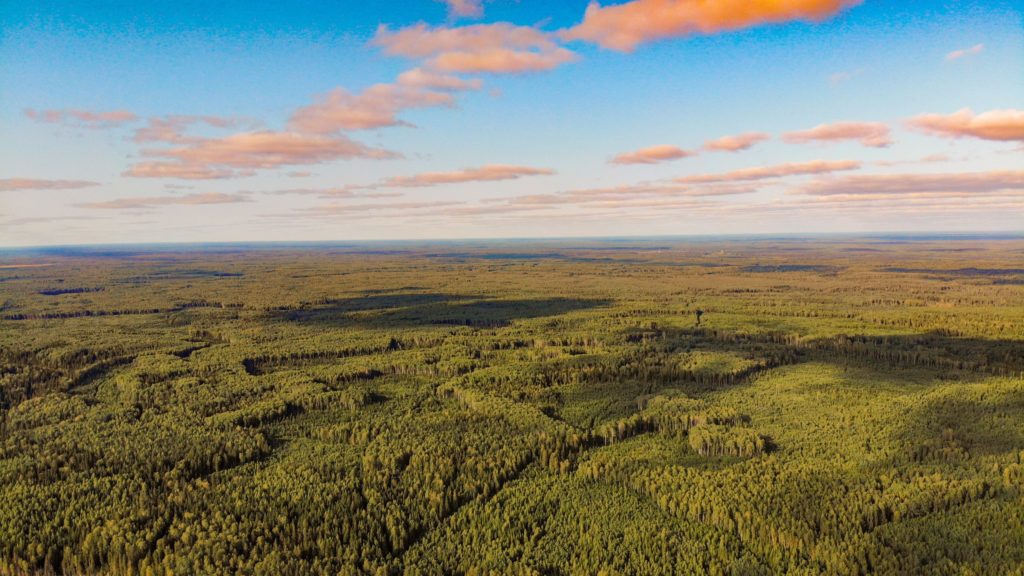The Center for Large Landscape Conservation announces the publication of a journal article presenting guidance on preventing another pandemic through conservation. Co-authored by a multidisciplinary team of experts including the Center’s President Gary Tabor, the article makes a case that preventing future pandemics may come down to ecological solutions, not medical ones.
In the peer-reviewed article “Land-use induced spillover: a call to action to safeguard environmental, animal, and human health,” published in The Lancet Planetary Health, the authors introduce the concept of land-use induced spillover of zoonotic diseases—the process by which land-use change, such as new development, creates environmental stressors to wildlife that can set off a dangerous chain of events.
 Zoonotic diseases are illnesses that can spread between animals and people. More than 70% of the emerging zoonotic diseases originate in wildlife, and many scientists suspect that the novel coronavirus that causes the disease COVID-19 originated in bats in China.
Zoonotic diseases are illnesses that can spread between animals and people. More than 70% of the emerging zoonotic diseases originate in wildlife, and many scientists suspect that the novel coronavirus that causes the disease COVID-19 originated in bats in China.
“This article presents bold ideas during a major pandemic to help prevent another global pandemic like COVID-19 from occurring as a result of a zoonotic disease,” says Tabor, an internationally recognized expert on ecological connectivity and the effects of wildlife habitat fragmentation. “To protect human health, we need to keep nature wild. Effective land-use management and environmental policies may hold the keys to disease prevention.
“Habitat loss stresses wildlife, and changes to their environment can make wild animals more likely to become infected with a disease and move closer to populated areas. If they shed the disease-causing pathogens—such as through feces or saliva—the disease may then ‘spill over’ to humans, who then spread it to each other,” explains Tabor.
The article provides a detailed explanation of this “infect-shed-spill-spread” process, using bats as an example, and notes that investigations of land-use induced spillover from the landscape-scale perspective have been rare.
“A growing body of evidence reveals that functioning ecosystems maintain a balance that can prevent new diseases from erupting,” according to Professor Jonathan Patz, Director of the Global Health Institute at the University of Wisconsin-Madison and one of the article authors. “And while early detection of new disease outbreaks will always be essential, it’s high time we expand our focus to include the environmental factors that often represent the first domino to fall in the causal chain of disease emergence,” adds Patz, who is also the John P. Holton Chair of Health and the Environment at UW-Madison’s Nelson Institute.
The authors call for interdisciplinary collaborations to advance the knowledge of land-use implications for zoonotic disease emergence with a view toward protecting human health. They follow by stating science-based policy considerations focused on biosecurity, and land-management considerations to achieve “landscape immunity” and minimize zoonotic disease risk in the future.
“Intact landscapes are most likely to prevent the conditions that lead to pathogens escaping from nature and spreading through human communities,” says co-author Raina Plowright, an associate professor of microbiology and immunology at Montana State University. “Human health is a return on investment for protecting landscapes, ecosystems, and wildlife.”
Related Article: Land-Use Induced Spillover: Priority Actions for Protected and Conserved Area Managers
Photos, top to bottom: Kostroma taiga, Russia – Adobe Stock; Bat flying – NPS photo.



